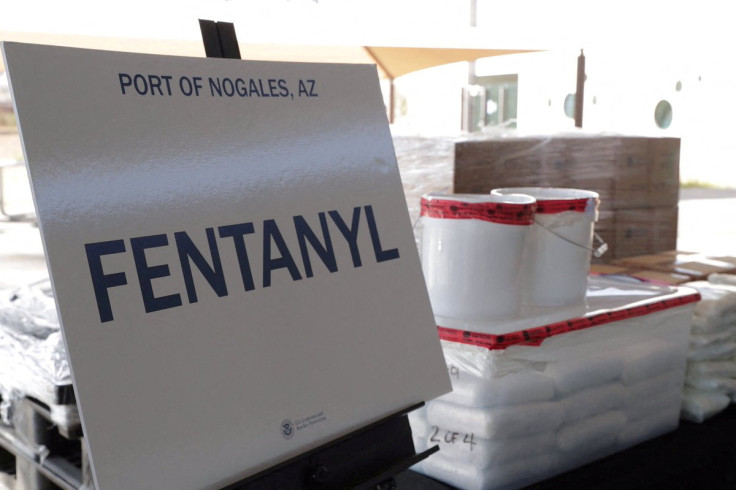
Earlier this week, federal prosecutors in San Diego filed the first-ever narco-terrorism charges against senior leaders of the Beltrán Leyva Organization, as part of an effort to dismantle transnational criminal networks that generate hundreds of millions of dollars annually by producing fentanyl.
The case is the first brought by the Justice Department's newly launched Narco-Terrorism Unit in Southern California and falls under Operation Take Back America — a broader initiative involving ICE, the FBI and the Organized Crime Drug Enforcement Task Forces (OCDETF) to combat Mexican drug cartels.
However, according to an expert interviewed by Border Report, the indictments are unlikely to stop the Sinaloa Cartel from manufacturing and trafficking synthetic drugs such as fentanyl, which can generate nearly $1 billion a year in revenue.
Everard Meade, director of Proceso Pacífico — an organization that works in Mexican communities affected by cartel violence — told the outlet that past arrests, killings or indictments of cartel leaders show that such actions rarely bring long-term change.
"We know from seizures that the drugs continue to flow, and we know from the violence data that the violence continues to exist, if not worsen," Meade said. "There's a long way to go before we can say the Sinaloa Cartel and the Jalisco New Generation Cartel have been eliminated."
Meade pointed to the dismantling of the Arellano Félix Organization in Tijuana as an example.
"It was probably the greatest success in the history of the Drug Enforcement Administration — they got all the leaders — and there are still drugs in Tijuana," he said. "Tijuana is more violent today than it was in the heyday of the AFO."
Meade added that the public should have "moderate expectations" about whether stronger sentences for cartel leaders will reduce the supply of illicit drugs entering the United States.
"When you take down leadership structures and remove hierarchy, what you get is chaos. And chaos tends to produce more violence and smaller, more volatile groups. That's what happened with the Zetas on the Gulf Coast. This is a long-term fight."
Fentanyl trafficking remains a major challenge at the border
Fentanyl continues to drive the drug crisis along the U.S.-Mexico border, despite ongoing efforts by authorities.
For nearly two decades, Mexican security forces have fought drug cartels with limited results. But amid a renewed surge in violence and increased pressure from the United States — including threats of military intervention and higher import tariffs made by the Trump administration — President Claudia Sheinbaum has adopted a more aggressive strategy.
In the first six months of her administration, more than 140 tons of drugs have been seized from criminal organizations, including more than 1.5 tons of fentanyl.
According to the Mexico Peace Index, which tracks national trends in violence, fentanyl seizures surged in late 2024, with an average of more than 33 pounds seized per day.
The same report found that the majority of fentanyl traffickers at the U.S.-Mexico border are U.S. citizens. Between 2019 and 2024, 80% of those detained for fentanyl trafficking were Americans — a trend experts attribute to cartels exploiting legal border crossings, which tend to draw less suspicion.
The report also highlights that about 88% of all fentanyl seizures occur at official ports of entry rather than at illegal crossings.
© 2025 Latin Times. All rights reserved. Do not reproduce without permission.







